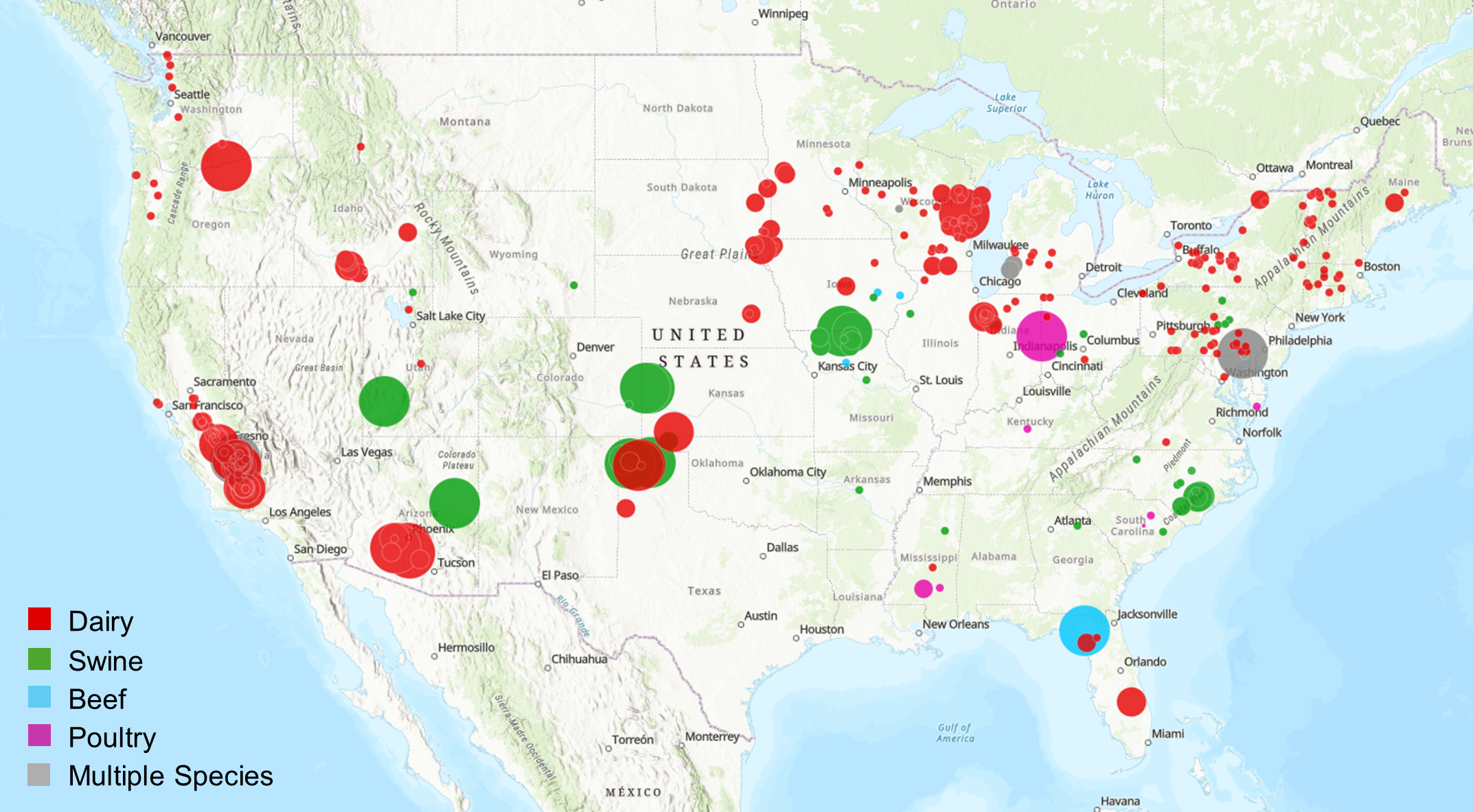A closer look at anaerobic digester adoption
While the adoption of manure-based anaerobic digesters is on the rise, economic and regulatory obstacles remain.

The Michigan House Agriculture Committee recently passed House Bills 4257 and 4265. These bills focus on streamlining the regulatory framework associated with adopting and operating anaerobic digesters in Michigan. Included in the bills are training and record-keeping standards for anaerobic digester operators and a 180-day deadline for anaerobic digester permitting decisions within the state, among other regulatory provisions.
Anaerobic digesters break down livestock manure as well as other feedstocks like food waste in the absence of oxygen. As a result of this process, byproducts of digestate and biogas are generated. Digestate has multiple potential applications, including use as fertilizer. Biogas can be used to generate electricity or be transformed into renewable natural gas. These byproducts provide the opportunity for additional income streams that can help offset the cost of implementing anaerobic digestion technology on livestock farms.
More U.S. farms are turning to anaerobic digesters
The U.S. Environmental Protection Agency (EPA) maintains a livestock anaerobic digester database via the AgSTAR program. This database is comprised of information from multiple voluntary sources, so it may not include every anaerobic digester operating on U.S. livestock farms. Regardless, the database offers a snapshot of broad trends and digester usage across the country.
As shown in Figure 1, the adoption of anaerobic digesters in the United States continues to climb. According to AgSTAR data, there were 400 operating anaerobic digesters in the country in June 2024, with an additional 73 under construction. Of the 400 operational anaerobic digesters, 86% serviced dairies, 13% hog operations, 2% poultry operations, and 2% beef operations. These percentages sum to greater than 100% as some operations with anaerobic digesters have more than one livestock species.
Figure 1. Number of Manure-based Anaerobic Digesters Operating in the U.S. (Updated through June 2024)

Figure 2 maps the locations of anaerobic digesters across the United States. Digester adoption is highest in California, where 31% of the nation’s operating digesters are located. Wisconsin comes in second with 11% of the total operating digesters. Nearly all California and Wisconsin digesters are located on dairy farms.
Figure 2. Map of Manure-based Anaerobic Digesters Operating in the U.S.

According to EPA AgSTAR, Michigan is home to nine manure-based anaerobic digester systems. Seven of these are used for dairy manure, while the remaining two are used for both dairy and swine manure. EPA AgSTAR estimates suggest that the nine Michigan anaerobic digesters service operations totaling 22,240 dairy cows and 25,000 hogs.
Despite growth, digesters face obstacles
As the science behind anaerobic digestion continues to evolve and improve, sound science alone will not lead to broader anaerobic digester adoption. Ultimately, economic incentives must be aligned for producers to adopt. Cumbersome regulatory hurdles offer further opposition for producers looking to implement anaerobic digester technology on their operations. If H.B. 4257 and H.B. 4265 continue to advance through the legislative process, how might the anaerobic digester landscape look different in Michigan in years to come?



 Print
Print Email
Email

